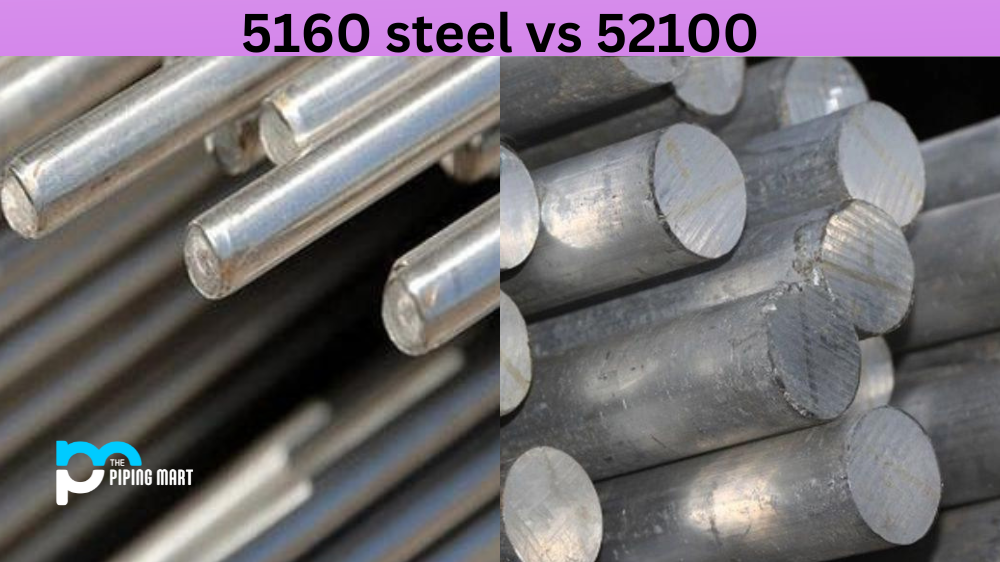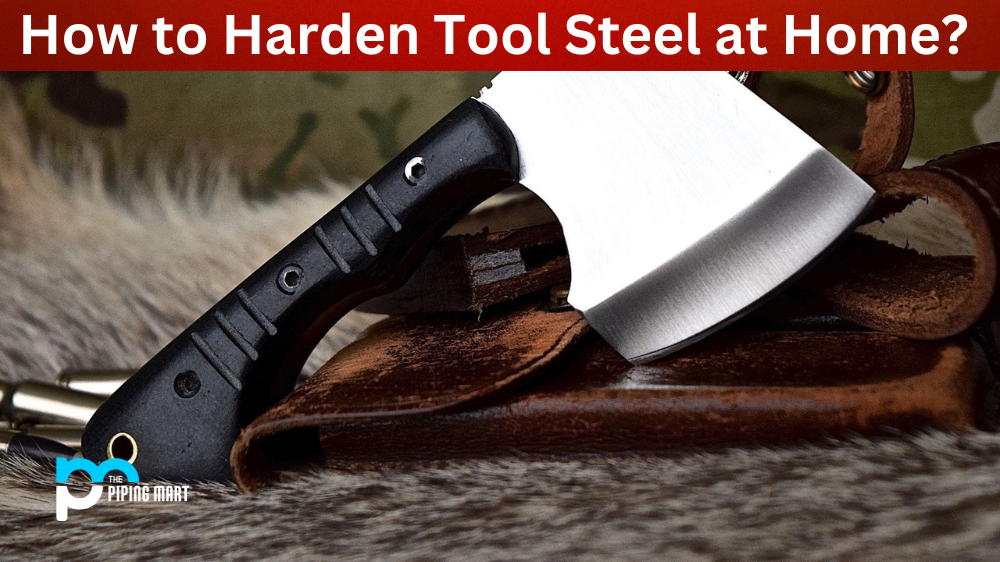When it comes to knives, choosing the right steel is crucial. The steel determines the knife’s durability, sharpness, and overall performance. Two popular steel options for knives are 5160 and 52100. In this blog post, we will compare the properties, advantages, and disadvantages of both types of steel to help you make an informed decision.
Difference Between 5160 Steel and 52100
5160 is a high-carbon alloy steel commonly used in knife-making. It has a relatively low chromium content (0.7%), which makes it more vulnerable to corrosion than stainless steel. However, the 5160 is incredibly tough and resilient, making it ideal for heavy-duty knives that withstand intense use. It is also easy to sharpen and has excellent edge retention, making it a popular choice for hunting and camping knives.
On the other hand, 52100 is a high-carbon chromium alloy steel that is highly resistant to corrosion. It contains a high amount of carbon (1%) and chromium (1.5%), which enhances its hardness and wear resistance. With its fine-grain structure, it takes on a razor-sharp edge and maintains it well. 52100 is often used in high-end custom knives because of its superior performance, but it can be difficult to sharpen and prone to chipping if not handled correctly.
When comparing the two types of steel, it is important to note that 5160 is cheaper and more readily available than 52100. It is also easier to work with, making it a popular choice for beginner knife-makers. However, 52100 is worth the extra cost and effort for those seeking exceptional performance and durability. It may require more skill and expertise, but the sharpness and edge retention payoff is significant.
Another factor to consider is the intended use of the knife. If you plan to use it for heavy-duty tasks like chopping or batoning, 5160 is the better choice due to its toughness and resilience. However, if you want a knife for precise cutting tasks like filleting or slicing, 52100’s edge retention and hardness make it the superior option.
Lastly, sharpening is important when choosing the right steel for your knife. While 5160 and 52100 can take on a sharp edge, 5160 is much easier to sharpen due to its lower hardness. If you are a beginner sharpener or want a low-maintenance knife, 5160 is a good option. However, if you are an experienced sharpener or want the longest-lasting edge possible, 52100 is the way to go.
Conclusion
In summary, 5160 and 52100 are excellent steel options for knives, but each has unique properties and advantages. The key factors to consider when choosing between the two are intended use, budget, level of expertise, and desired level of maintenance. Ultimately, the right steel for your knife depends on your preferences and needs. We hope this comparison guide has helped you make a more informed decision for your next knife-making project.

Abhishek is a seasoned blogger and industry expert, sharing his insights and knowledge on various topics. With his research, Abhishek offers valuable insights and tips for professionals and enthusiasts. Follow him for expert advice on the latest trends and developments in the metal industry.




